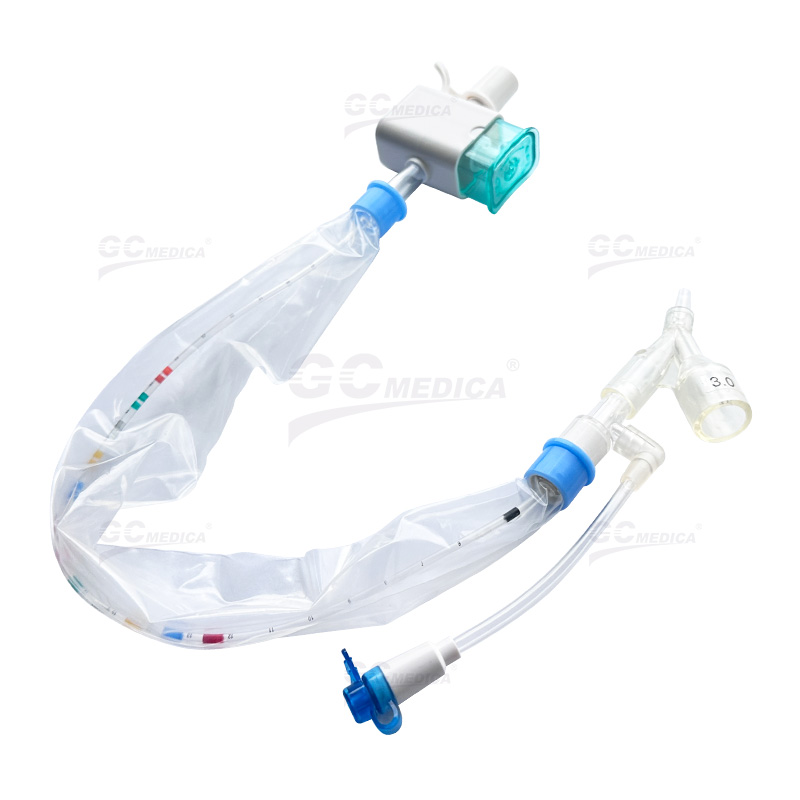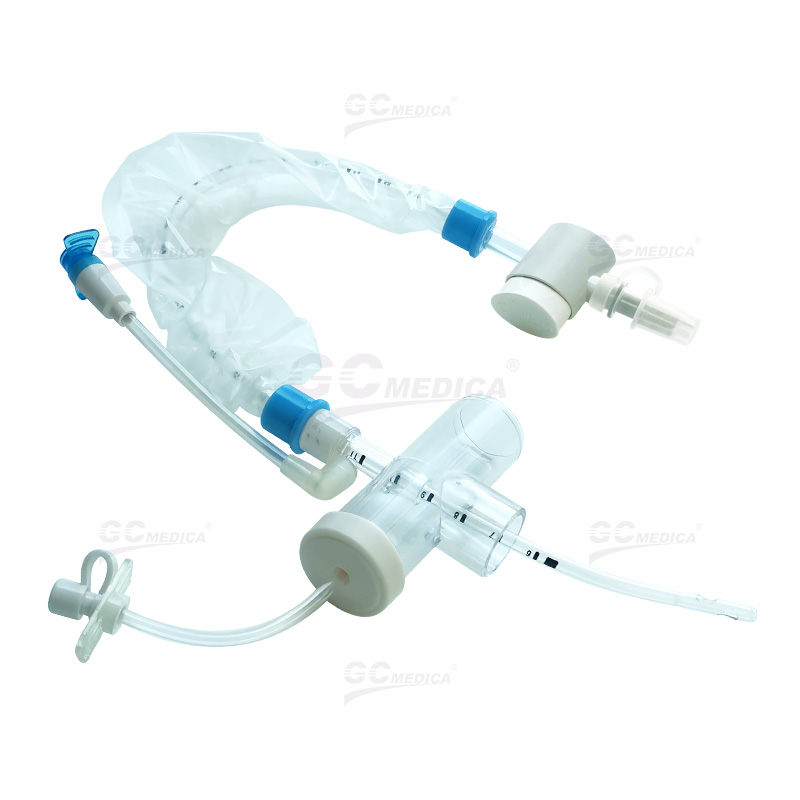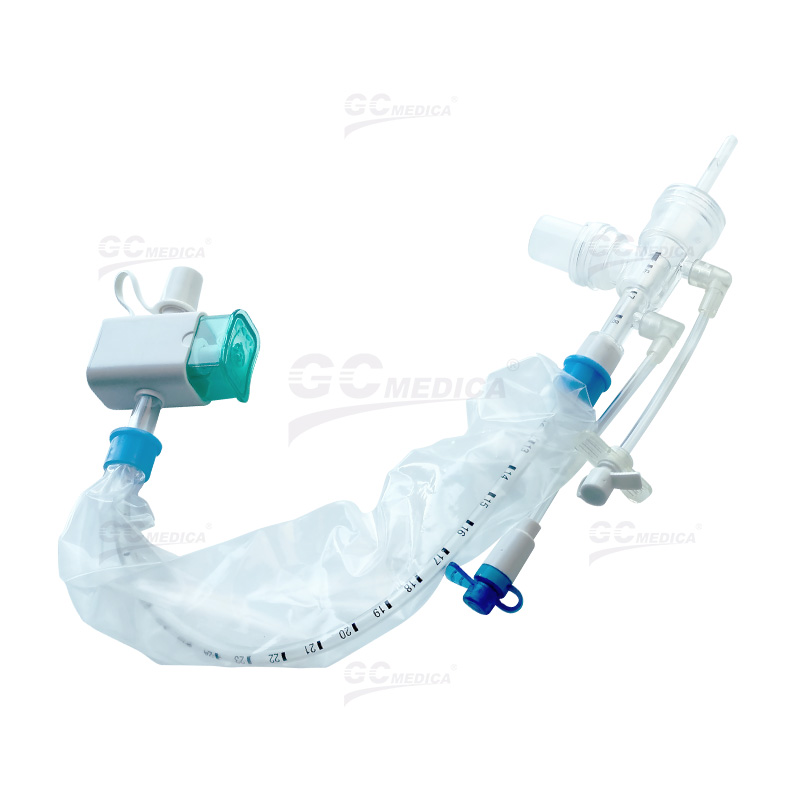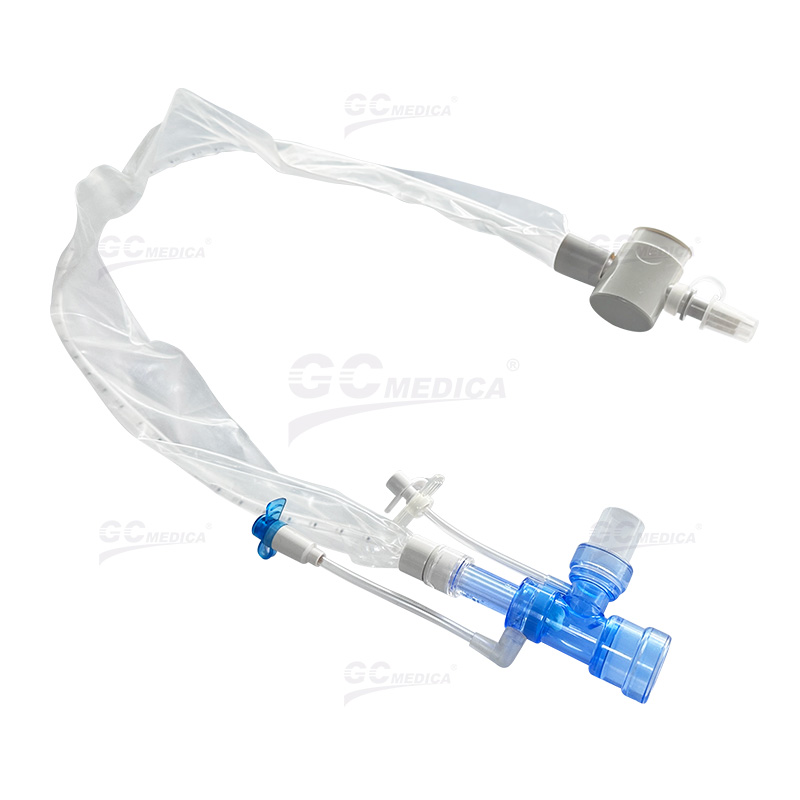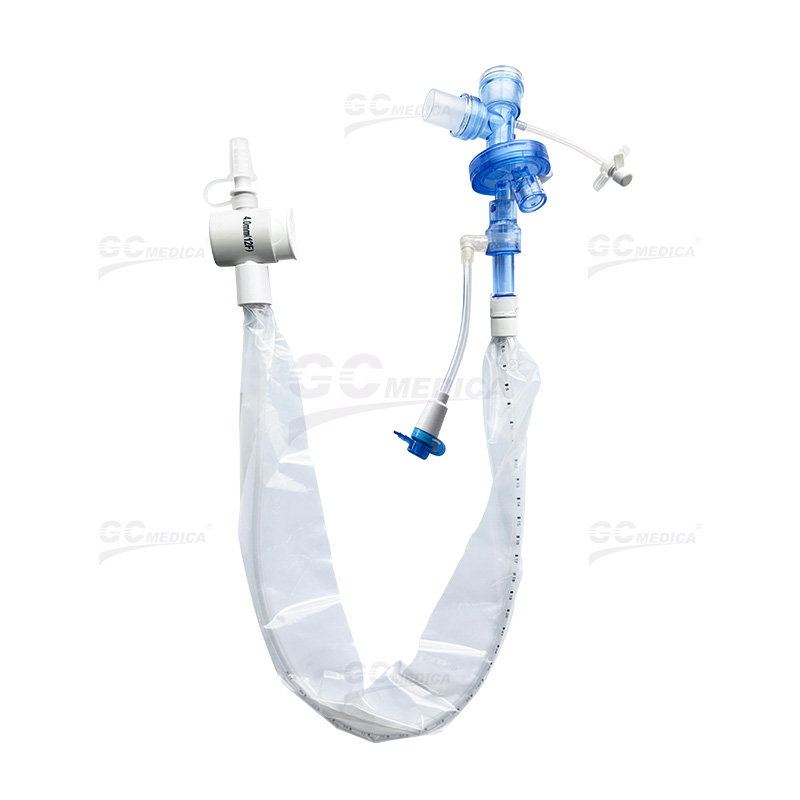Closed suction systems have become an essential component in modern healthcare, offering safe and effective airway management while minimizing the risk of infection. These systems provide a reliable method to remove secretions from the respiratory tract without exposing patients to external contaminants. In this article, we explore the top types of closed suction systems and their diverse applications in clinical settings.
Understanding Closed Suction Systems
A closed suction system is designed to allow healthcare professionals to clear airway secretions without disconnecting the patient from mechanical ventilation. This method maintains a closed circuit, reducing the risk of cross-contamination and infection. The efficiency and safety provided by these systems have made them a standard practice in intensive care units (ICUs), operating rooms, and emergency departments.
| |
| Pedi Y Connector Closed Suction Catheter | |
| Trach T-piece Closed Suction Catheter | |
| Double Swivel Closed Suction Catheter | |
| 72H Closed Suction Catheter | |
| Multi-Port Closed Suction Catheter | |
Top Types of Closed Suction Systems
Inline Closed Suction Catheters:
These systems integrate directly with the ventilator circuit. Inline catheters are designed to be used over multiple suctioning sessions without breaking the circuit. They are particularly beneficial in reducing the exposure of both patients and healthcare workers to airborne pathogens. Their ease of use and compatibility with various ventilation systems make them a preferred choice in critical care.Dual-Lumen Suction Catheters:
Featuring two lumens, these devices allow simultaneous suctioning and ventilation. The dual-lumen design ensures that while one lumen is used for the removal of secretions, the other can maintain continuous oxygen delivery. This balance is crucial in managing patients who require constant ventilatory support and frequent airway clearance.Portable Closed Suction Units:
Designed for flexibility, portable closed suction systems are used in transport settings or in facilities where mobility is essential. These systems offer similar benefits to inline systems but are optimized for ease of use and adaptability in different clinical environments. They are particularly useful in emergency situations where immediate airway management is critical.
Applications in Modern Healthcare
Closed suction systems play a pivotal role in several areas of healthcare, including:
Intensive Care Units (ICUs):
Patients in ICUs often require mechanical ventilation and frequent suctioning. Closed suction systems help maintain sterile conditions by preventing the disconnection of the ventilator circuit. This not only minimizes infection risks but also ensures that patients receive uninterrupted respiratory support.Surgical and Postoperative Care:
During and after surgical procedures, patients may need airway management to prevent complications. Closed suction systems are used to efficiently remove secretions without compromising the sterile environment of the operating room. Their use in postoperative care helps reduce the incidence of ventilator-associated pneumonia and other complications.Emergency and Critical Care:
In emergency departments, rapid and safe airway clearance is essential. Closed suction systems enable healthcare providers to quickly manage airway obstructions while maintaining patient stability. Their design helps reduce the spread of infections during high-pressure situations, making them invaluable in critical care scenarios.Neonatal and Pediatric Care:
The delicate nature of neonatal and pediatric patients requires specially designed suction systems. Closed suction units provide a gentle yet effective means of managing airway secretions in these vulnerable populations. Their use helps prevent complications related to infection and airway obstruction in infants and young children.
Conclusion
Closed suction systems have revolutionized airway management in modern healthcare. By offering a safe and efficient method to clear respiratory secretions, these systems play a vital role in protecting patients from infections and ensuring continuous ventilatory support. Whether in the ICU, operating room, emergency department, or pediatric unit, the various types of closed suction systems cater to the specific needs of different clinical settings. As technology advances, these systems will continue to evolve, further enhancing patient safety and clinical outcomes.

 Français
Français Español
Español Products
Products
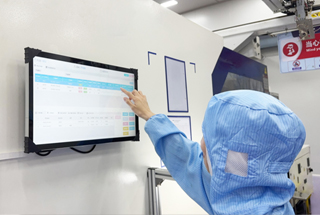
 About Us
About Us




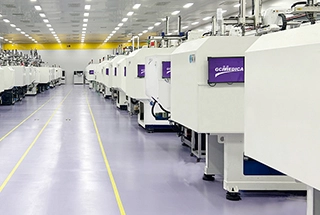


 GCMEDICA Closed Suction Catheters Online Promotion
GCMEDICA Closed Suction Catheters Online Promotion